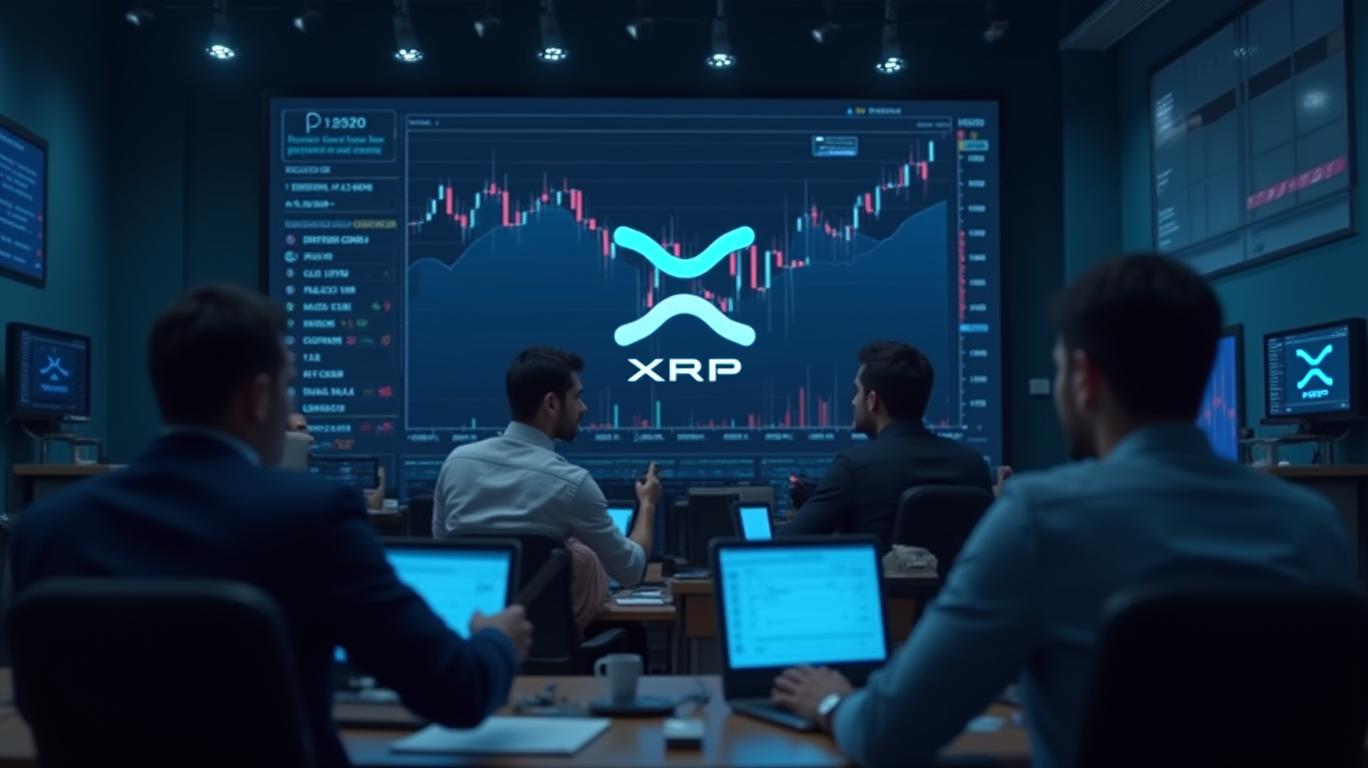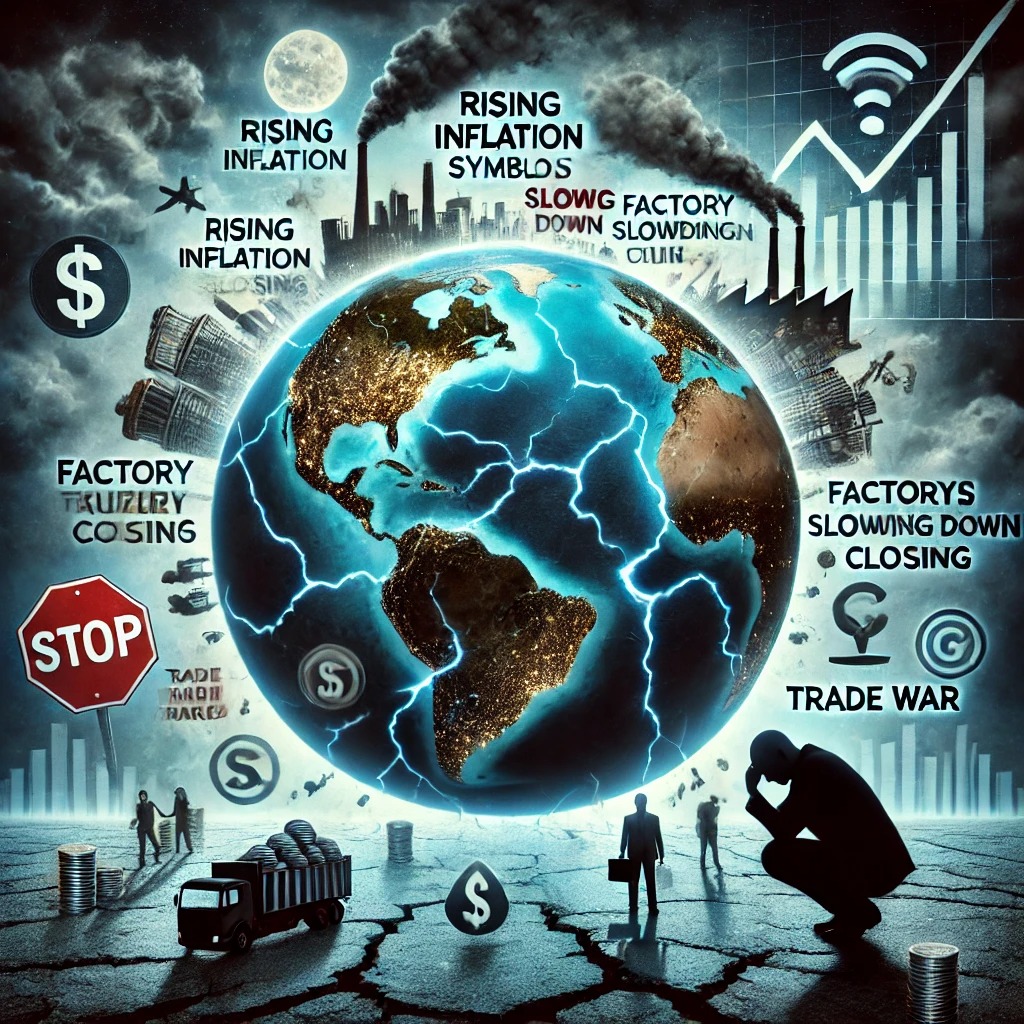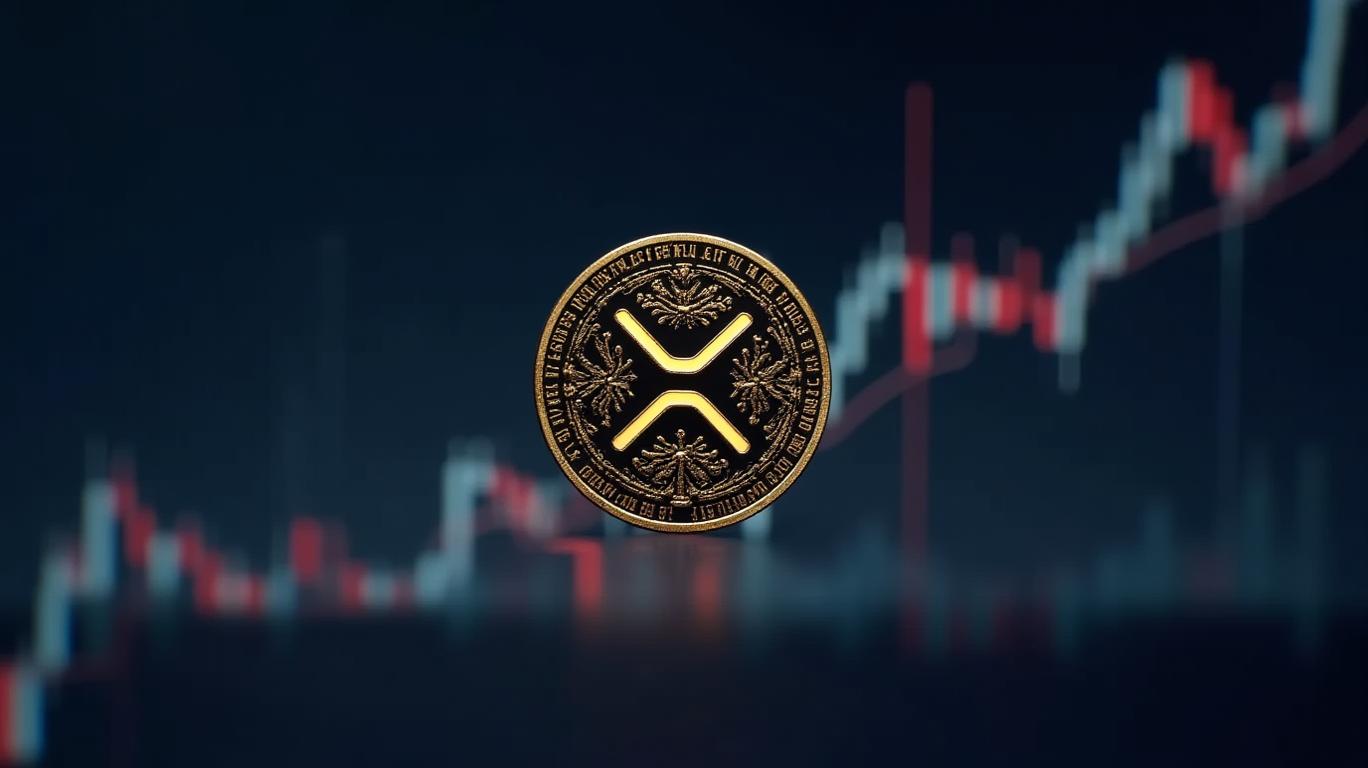XRP's Price Growth Tied to Real-World Utility, Not Speculation
An influential figure within the XRP community has underscored that mere speculative enthusiasm is insufficient to drive sustained price appreciation for the token. Despite recent developments, XRP has remained under downward pressure, sparking discussions about what could catalyze a lasting price increase.
Currently valued at $2.03, XRP has not experienced a significant rally despite major industry events such as the resolution of Ripple’s legal case, speculation about its inclusion in a U.S. strategic reserve, and multiple ETF applications. An analyst operating the “XRP Investing” account argues that real-world utility and adoption are the key drivers for lasting growth.
The analyst emphasizes that the asset’s value is closely tied to its role in financial infrastructure. They posit that widespread use of the XRP Ledger for large-scale transactions and asset tokenization could contribute to a meaningful price increase. If the XRP Ledger reaches the capacity to process $1 trillion in daily transactions while supporting real-world asset tokenization, the demand for the asset would likely rise significantly.
To illustrate, the analyst compares the XRP Ledger to SWIFT, a global messaging network that facilitates transactions worth between $5 trillion and $6 trillion daily. If the XRP Ledger were to secure even a small fraction of that volume, it could positively impact the token’s market value. The analyst notes that while tokenized assets themselves do not inherently require XRP, they depend on it for essential functions within the XRPL ecosystem. Every transaction involving tokenized assets on the ledger incurs fees in XRP, requires reserves held in XRP, and utilizes the cryptocurrency for trading within its decentralized exchange. As on-chain activity increases, this structure naturally drives demand for the token.
Beyond transaction-based utility, the analyst highlights storage demand as a crucial factor influencing the digital asset’s long-term growth. This concept refers to institutions, market makers, and investors holding the asset as part of their operational framework rather than simply using it for transactions. As trust in the XRP Ledger grows due to its capacity for handling high-value tokenized asset transfers, serious participants may choose to retain XRP holdings for efficiency. Unlike speculative traders, these market players are more inclined to maintain stable reserves of the token, reducing volatility and contributing to sustained price appreciation.
The analyst also notes that an increase in the cryptocurrency’s value could make it more practical for large-scale transactions. A higher price per token would reduce the total number of tokens needed for high-value transfers, improving transaction efficiency and reducing potential price slippage. For example, transferring $1 million at a rate of $1 per XRP would require one million tokens, whereas at $10 per XRP, only 100,000 tokens would be needed. This dynamic aligns with a past statement by Ripple’s Chief Technology Officer, who argued that XRP “cannot be dirt cheap” if it is to function effectively in large financial transactions.
As the adoption of on-chain tokenization expands, it has the potential to drive further utility on the XRP Ledger. This would increase network activity and, consequently, demand for XRP through transaction fees and its role in bridging different assets within the ecosystem. The analyst emphasizes that sustained price growth will not happen overnight. Instead, the token’s trajectory will depend on whether the XRP Ledger can establish itself as a leading platform for real-world asset exchange. They compare this potential shift to Ethereum’s evolution, where the rise of decentralized finance (DeFi) and token issuance increased demand for ETH. While many assets on Ethereum are not directly denominated in ETH, they require it for transaction fees and network operations—a dynamic that could similarly apply to XRP.
By securing a key position in global financial infrastructure and asset tokenization, the token may achieve the long-term appreciation that speculative hype alone cannot deliver. The analyst’s perspective underscores the importance of real-world utility and adoption in driving sustained growth for XRP, rather than relying on short-term speculative enthusiasm.











